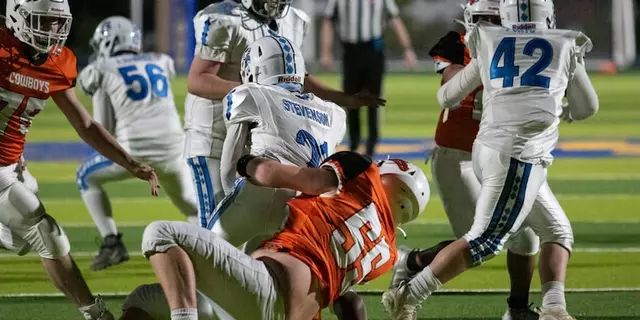English Sports History – Origins, Legends & Influence
When diving into English Sports History, the timeline of games that began on England’s fields, courts and greens and later shaped the world of sport. Also known as Britain’s sporting legacy, it links culture, class and community in a way few other histories do.
One of the first pillars of this legacy is football, a sport whose modern rules were codified in 1863 by the English Football Association. Football encompasses the idea of a simple ball game that grew into a global phenomenon, influencing everything from stadium architecture to broadcast rights. Close behind is cricket, a bat‑and‑ball contest whose roots trace back to 16th‑century England. Cricket reflects the values of patience and strategy, and its county system still feeds the international stage. rugby, born from a 19th‑century schoolyard split over handling the ball shows how a single rule change can spawn an entirely new code of play.
How These Games Shaped Society
English sports history isn’t just about rules; it’s about who played them and why. Football required minimal equipment, so working‑class towns adopted it fast, turning matches into weekly rituals that reinforced local identity. Cricket, with its longer formats, appealed to the landed gentry, creating a social bridge between estates and villages through friendly fixtures. Rugby’s emphasis on teamwork and physicality mirrored the industrial towns’ need for camaraderie in tough conditions. These three sports also influence each other's development – the split between rugby union and league, for example, arose from debates that also affected football’s amateur‑professional divide.
Another key player in this tapestry is tennis, originally a handheld lawn game that evolved into a grand slam sport in the late 1800s. Tennis introduced the concept of seasonal tournaments, a model later borrowed by football’s cup competitions. The growth of indoor venues for badminton and squash also stemmed from the same English desire to play year‑round, showing how climate pushed innovation. All these games share a common thread: they require organized clubs, standardized rules, and enthusiastic fans to move from local pastimes to internationally recognised sports.
Looking at the present, the impact of English sports history is still evident. Modern training methods, broadcasting formats, and even youth academies echo principles set in the 19th century. When you watch a Premier League match, you’re seeing a tradition that began with a handful of clubs meeting in a London coffee shop. When a cricketer bowls a perfect yorker, it’s a technique refined over centuries of county cricket. And when a rugby fan chants in a stadium, it’s a ritual that traces back to the first scrums at Rugby School.
Below you’ll find a curated selection of articles that dig deeper into each of these sports, highlight pivotal moments, and showcase the personalities who turned English games into global legacies. Whether you’re curious about the earliest football clubs, the evolution of cricket batting styles, or how rugby’s split shaped modern professional leagues, the collection offers bite‑size insights that build a fuller picture of England’s sporting heritage.
What are some sports that originated in England?
Sports originating in England have had a huge impact on the world's sporting culture. Football, rugby, cricket, golf, tennis and badminton are some of the most popular sports that originated in England. Football is the most popular and oldest of these sports, with its modern rules and regulations first established in England in 1863. Rugby is the second oldest, with the Rugby Football Union founded in 1871. Cricket, which dates back to the 16th century, is a bat and ball game played by two teams. Golf is believed to have been played in England since the 15th century and tennis was first played in the late 19th century. Badminton was invented in the 19th century and is a popular indoor sport.





